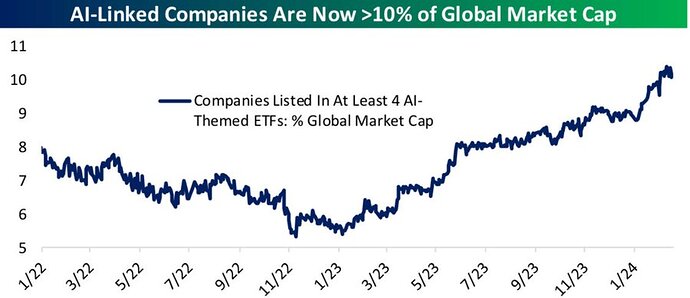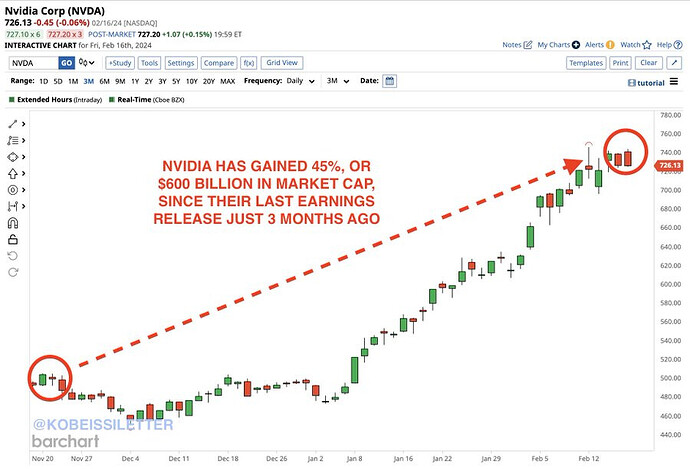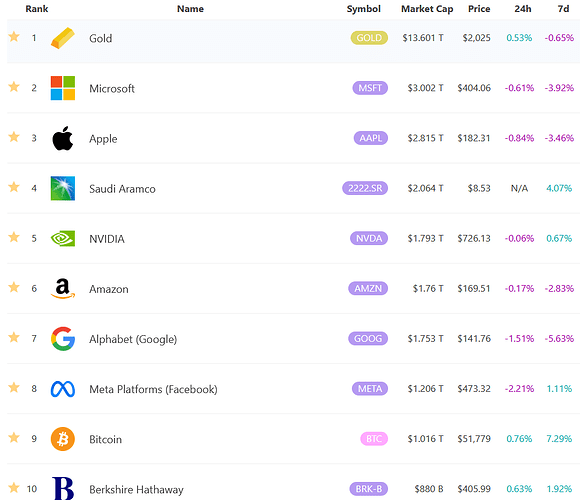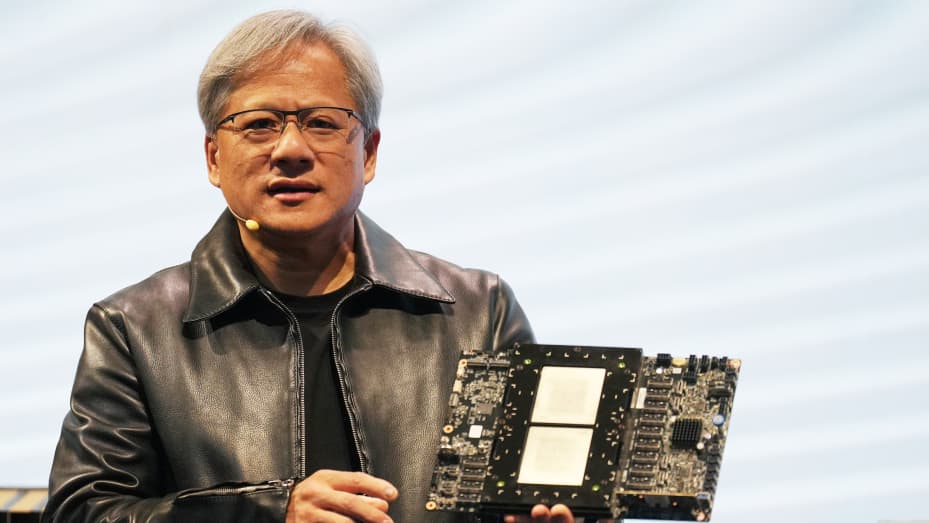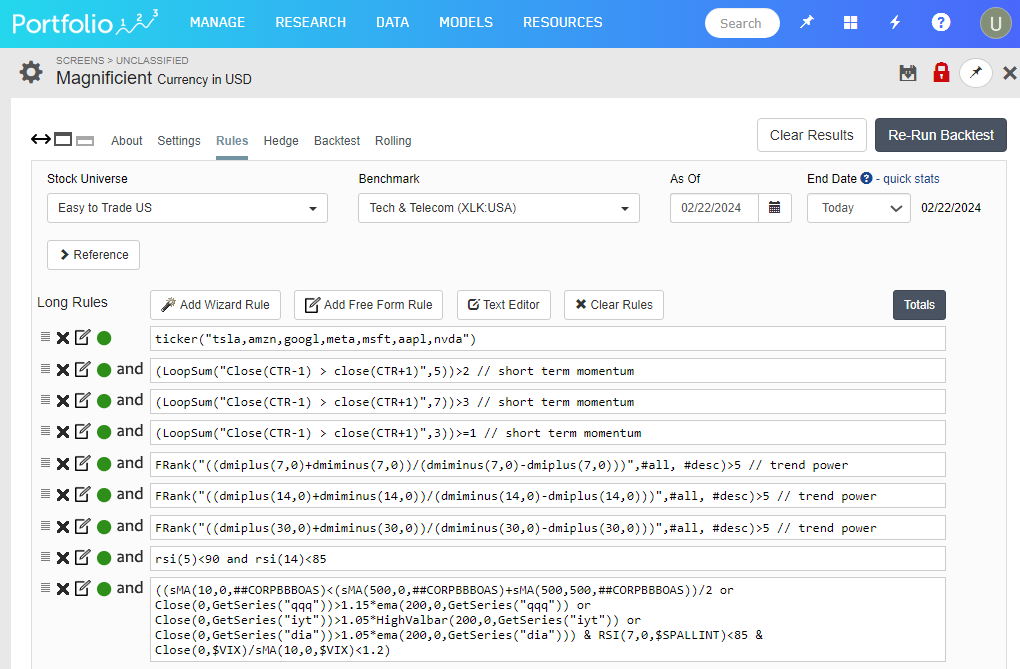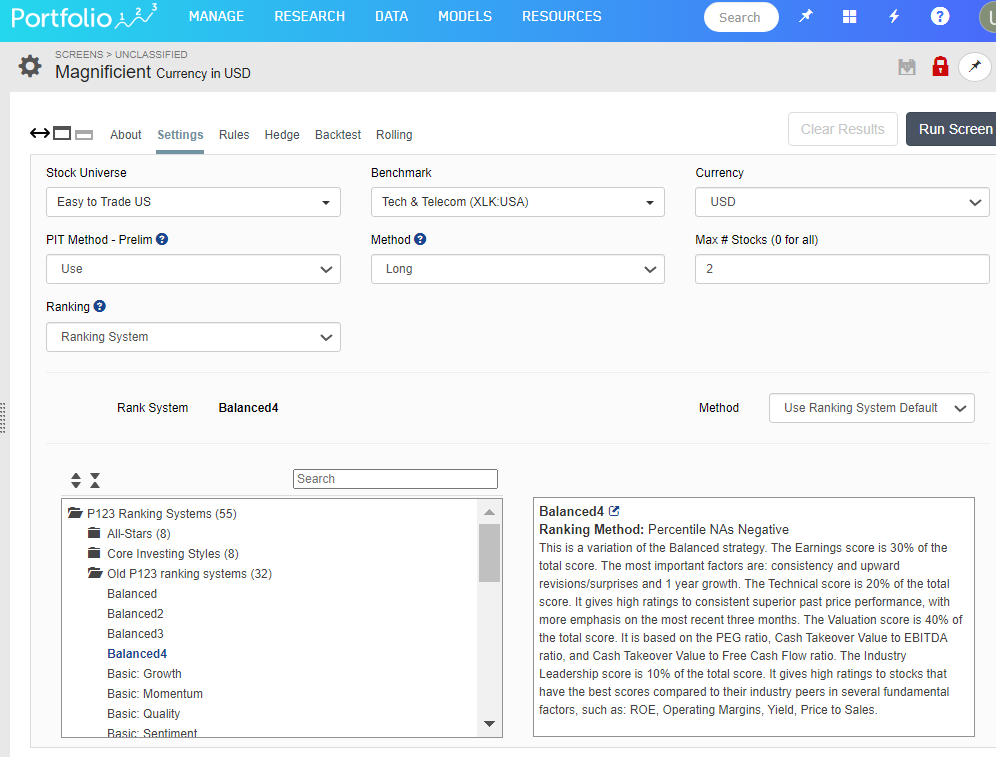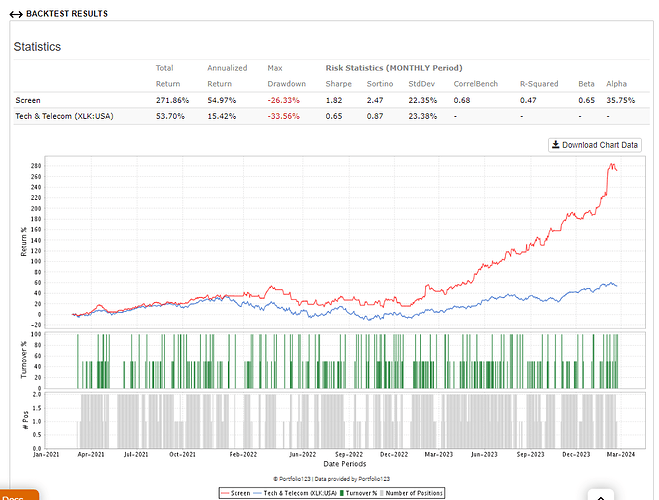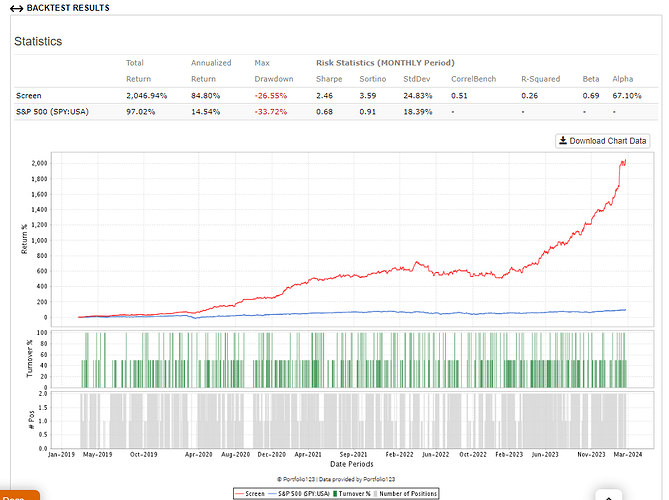Dear all,
Nvidia shares jumped 15% this morning following the 8% rise in after hours yesterday.
This is an update from CNBC.
Regards
James
Nvidia shares pop 15% after AI-fueled bumper earnings
Published Thu, Feb 22 20244:05 AM ESTUpdated 2 Hours Ago
Key Points
- Nvidia shares jumped 15% on Thursday morning, a day after the chip giant posted bumper earnings that beat Wall Street estimates, driven by excitement over artificial intelligence.
- The company reported revenue of $22.10 billion for its fiscal fourth quarter, a rise of 265% year-on-year, while net income surged 769%.
- Nvidia chips are used to train the huge AI models such as those developed by Microsoft and Meta.
In this article
Jensen Huang, president of Nvidia, holding the Grace hopper superchip CPU used for generative AI at the Supermicro keynote presentation during Computex 2023.
Nvidia shares jumped 15% on Thursday morning, a day after the chip giant posted bumper earnings that beat Wall Street estimates.
The U.S. tech giant reported revenue of $22.10 billion for its fiscal fourth quarter, a rise of 265% year on year, while net income surged by 769%, as the company continues to see a boost from excitement over artificial intelligence.
Nvidia chips are used to train the huge AI models such as those developed by Microsoft
and Meta.
Nvidia sees no signs of slowing. The company forecast its revenue in the current quarter will hit $24 billion, way ahead of estimates.
“Fundamentally, the conditions are excellent for continued growth” in 2025 and beyond, Nvidia CEO Jensen Huang told analysts on Wednesday, adding to the bullish sentiment around the stock.
Nvidia’s Data Center business, which includes the company’s H100 graphics cards that are used for AI training, posted sales of $18.4 billion in the fourth quarter, representing 409% year-on-year growth.
The positive outlook from Nvidia prompted a round of broker upgrades Thursday. JPMorgan raised its price target on Nvidia’s stock from $650 to $850, while Bank of America Global Research hiked its target from $800 to $925.
Nvidia’s stock closed at $674.72 on Thursday. The shares were under pressure ahead of the earnings report as traders took profit and investors were concerned that Nvidia might not be able to hit lofty expectations.
But its market-beating numbers dispelled those fears and also pulled other global chip stocks higher.
